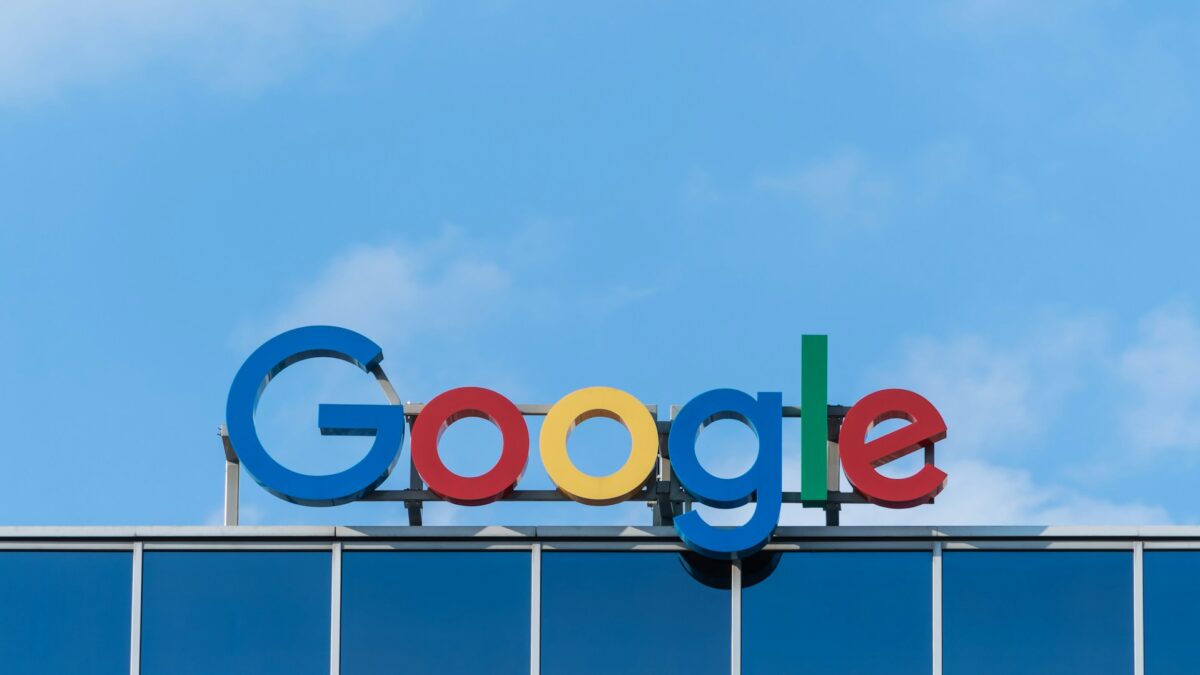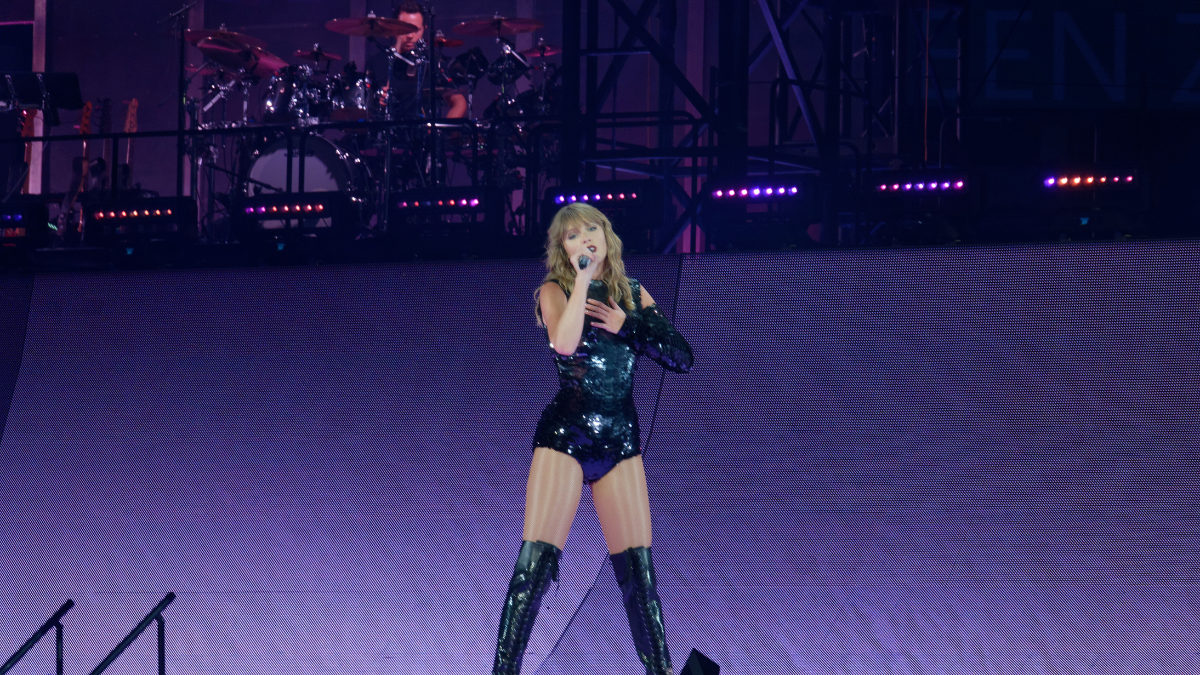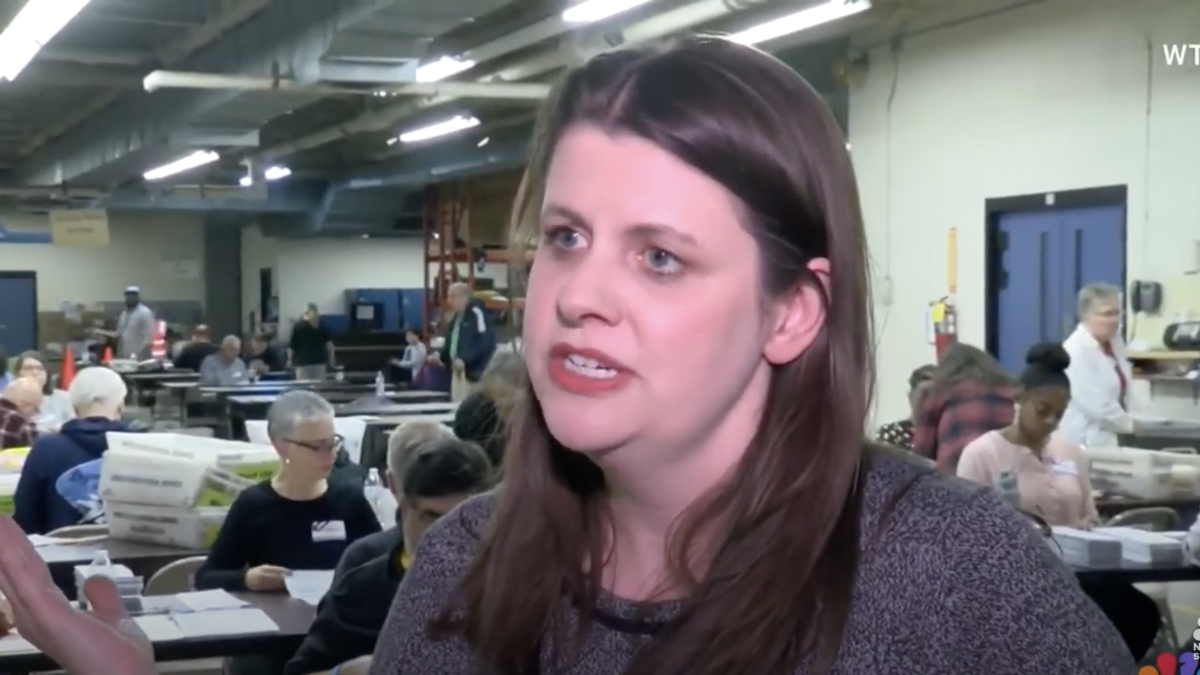
You may have noticed a sudden trend in people asking if you’ve tried “that new video app” that “all the kids are using” that is said to be the “next big thing.” There is nothing like hearing something is “going to be big” to ensure that it will likely be a total dud, but in the case of TikTok they may just be on to something.
TikTok, a video-sharing app with more than 500 million users worldwide, lets you create, share, and watch short videos on your beloved smartphone. According to TikTok.com, the platform is the “world’s leading destination for short-form mobile videos.” By their own definition it sounds like a content-lovers paradise, but the app can feel frighteningly overwhelming.
The cause for the sudden uptick in TikTok is that the platform is brand new… kind of. TikTok is owned by a Chinese company named ByteDance that absorbed musical.ly at the end of 2018. The now-defunct musical.ly was a Generation-Z-heavy social media platform that enabled users to create lip-synching videos with a large plethora of songs, movie scenes, and pop culture quotes stocked in their in-app editor. Essentially, the platform was a breeding ground for people who wanted to feel validated by embarrassing themselves without the shame Milli Vanilli endured.
TikTok has siphoned off the organic success generated in its past life as musical.ly. It carried over its most popular stars and held tight to all of the elements that made musical.ly both fun and cringe-worthy. Regrettably, they also decided to kick it up a notch.
The platform still embraces lip-synching, but has adopted a vast array of other quirks. The in-app editor makes it easy to follow a variety of cookie-cutter outlines to emulate popular trends, all of which are showcased through its display of hashtags.
Unlike other social media platforms, TikTok’s hashtags and trends don’t necessarily align with what’s happening in the outside world. They’re all centered on the latest video meme or challenge that you’re encouraged to join in on.
Because of this, there is a noticeable cultivation of copy-cat culture. Mimicking other people is the norm. There’s a lot of repetition. Sometimes a user’s twist on the material provokes a laugh or a thought, but most times it leaves you wondering if TikTok is just a digital vortex where ingenuity goes to die.
These copycat versions also seem to all carry the underlying scent of delusion that they will be the ones to go viral. Quite frankly, the best TikToks are found on the official TikTok Instagram page because someone has spent the time to comb through all the options and curate a selection of the truly entertaining.
On top of it all, the merger seemed to have caused a surge in the number of users from older generations. It’s common to see a young child playing pretend awkwardly across popular internet platforms. This sort of clumsy display feels normal for kids who were born in this “age of the internet.”
Anyone 28 and older is thankful those records are safely tucked away in their parents’ basement VHS collection. But now, seeing Baby Boomers record a lip-synch of a Sean Mendes song makes you long for the day that this type of performance was something more of a treat, seen only after they’d had one too many drinks at a family wedding.
TikTok should be applauded in its dedication to the short video. In a world of short attention spans, it is comforting to know that what you are about to watch will eat up no more than 30 seconds of your day. When there’s so much mindless internet to explore, you must have standards.
This is where the beauty of Vine becomes increasingly evident. Its 6.4-second video limit was a bold move that initially met skepticism but turned out to be its pivotal feature.
In a post-Vine era, what is evident on TikTok is that so many users don’t have the self-restraint to end their video at the appropriate time. Clips that hit the punchline or make the point in eight seconds keep going for another few just because they can. If TikTok is the Spark Notes to YouTube, then Vine was the single-quote summary. In an era of Twitter, Pinterest, and motivational wall hangings, it is clear we are most thirsty for maximum brevity.
Perhaps certain aspects of Tik Tok are doomed to be fails due to our compulsion to indulge in comparison. Users and non-users alike are desperate to describe it as the “new Vine” or the “reinvented musical.ly.” If you’re looking for TikTok fill the void of what you miss from other apps, it is bound to disappoint.
To eliminate the frustration of needing to define it, TikTok needs to be viewed with new eyes, unimpaired by rose-colored glasses sullied by the ashes of apps past. With the ever-present buzz growing around it, whether developed organically or otherwise, it’s likely that TikTok will continue to reach its tentacles into the mainstream and across other platforms.
At best, TikTok will infiltrate mainstream society as a streamlined way to browse an amalgam of portrait-view videos that are too short to be enjoyed on YouTube. At worst, it will serve as a vessel for mind-numbingly awful trends to take flight and be a place where dignity goes to die.
In which direction it will ultimately go only time will tell, but it is essential that we step back and forbid the surrounding chatter from intruding upon our judgment as TikTok grows from a social media monster into its own brand of leviathan.









